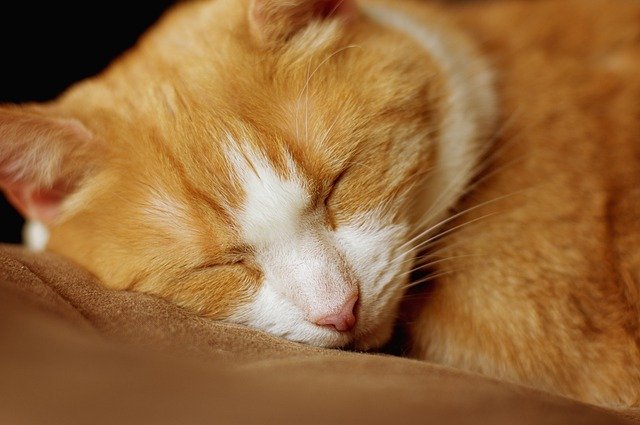The average lifespan of a gray wolf is about 6 to 8 years in the wild. While many species die before 10 years age, some do live up to 13 years. The maximum lifespan is thought to be 15 or 16 years. In captivity however gray wolves live much longer years—probably as long as 17 or even 20 years.
How Long Do Gray Wolves Live?
There are many factors that influence the overall lifespan of gray wolf. Besides, the study suggests that more than half of the wolf pups are not able to reach adulthood. While most pups get eaten in their adolescence age, others die either of starvation or disease. The mortality rate is about 60% in gray wolf pups. More so, during adulthood wolves fight each other which may sometimes end up in serious injuries.
Read More: What Do Gray Wolves Eat?
Over the past few years, some of the wolf’s population is rapidly losing grounds to human settlements—they are being forced to leave their native habitats. This had had drastic effects on the overall lifespans of the gray wolves. Females can live up to 13 years and 7 months in the wild. The captive female has a lifespan of 16 years.



